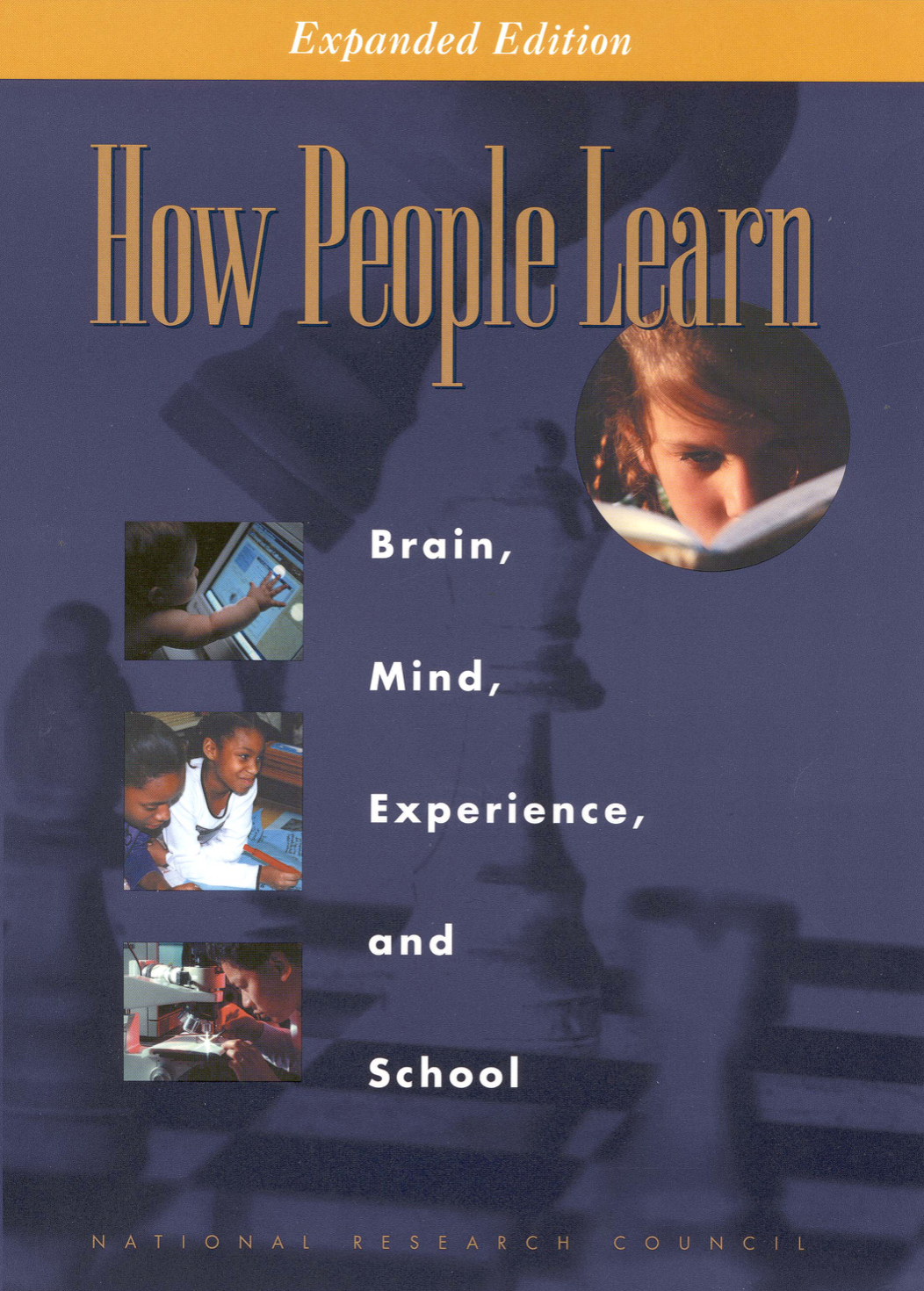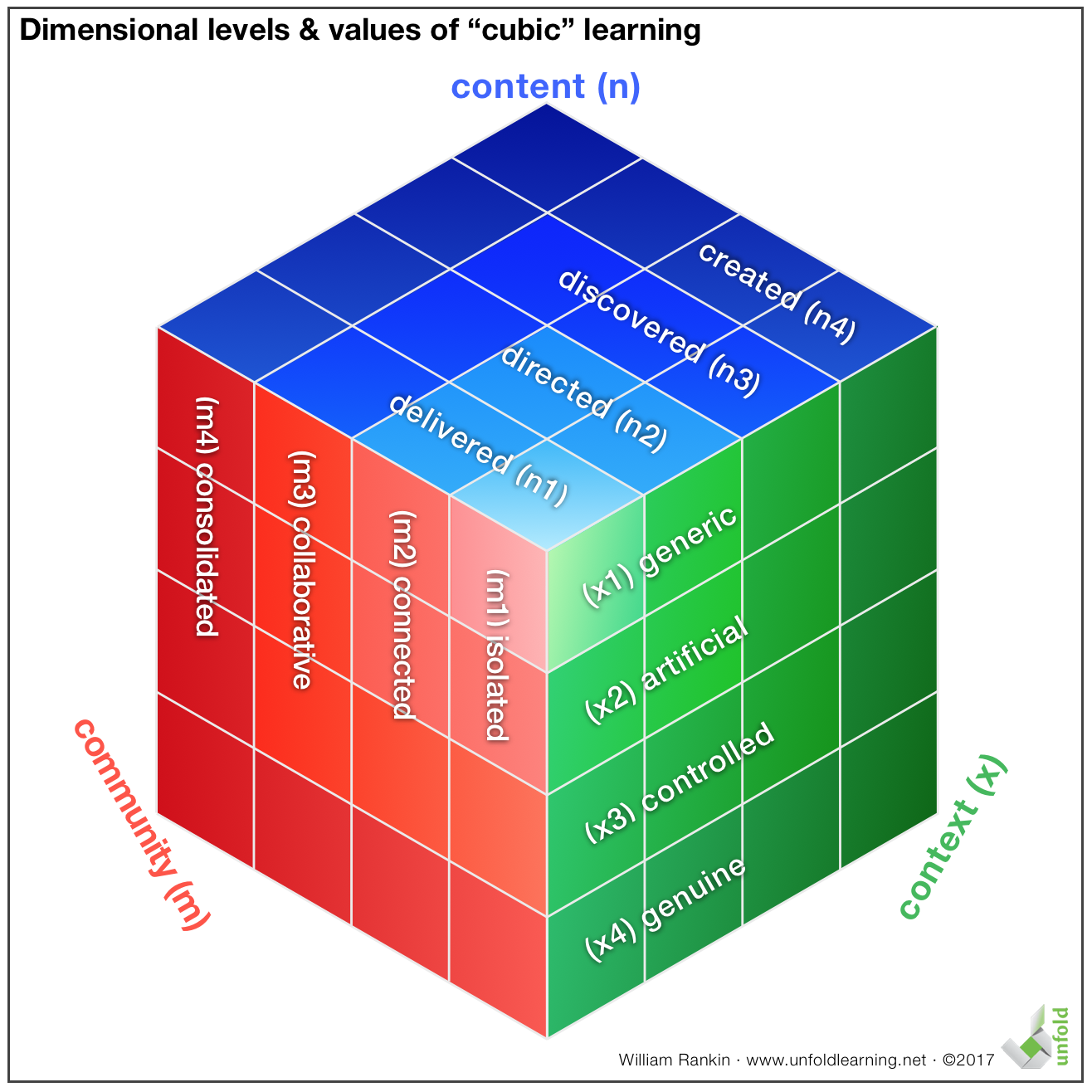Interested in some of the resources we’ve mentioned in keynotes and workshops? Here are a few of the books, articles, videos, and diagrams we’ve found helpful for understanding and broadening our thinking about teaching and learning. We present these links with no endorsement from their original authors — they’re here because we think they’re valuable. Clicking any of the images will take you to the original source.
We’ll continue to add and update resources here as time permits and as we discover great new things…
How People Learn offers thoroughly researched and supported discussions about the nature of learning and offers constructive advice for structuring formal learning activities.
Derek Muller’s 2008 dissertation examines the use of media for teaching and learning in physics, offering helpful ideas for making media that encourages actual learning.
You kind find Derek Muller’s blog here, featuring his video and more links related to his work on the creation of effective educational media.
Gensler’s thoughtful and well-researched discussion of building spaces for the six modalities of learning. This leading global architectural firm presents its information in clear pragmatic ways that can benefit anyone interested in teaching and learning.
Kereluik, Mishra, Fahnoe, and Terry’s synthesis of the top fifteen 21st-century knowledge paradigms.
Amin and Roberts exploration of situated learning and communities of practice.
Étienne and Beverly Wenger-Trayner’s excellent introduction to communities of practice.
Our diagram and discussion of the “informal” learning process. You can read an article discussing this diagram here.

Our diagram and discussion of the “formal” learning process. You can read an article discussing this diagram here.
Our diagram and discussion of the dimensions of “cubic” learning. You can read an article discussing this diagram here.


















You must be logged in to post a comment.